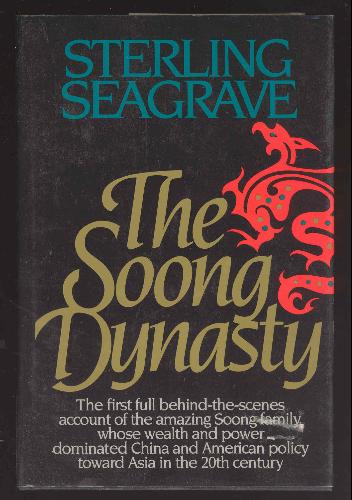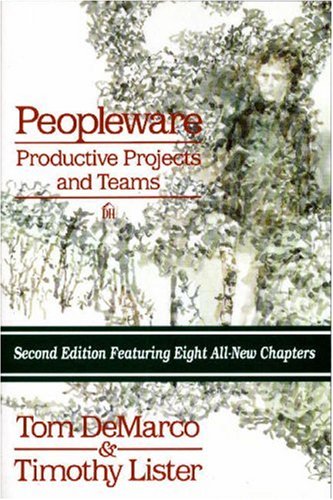Kanan Makiya – Cruelty and Silence (1993)
From the cruelty of Iraqi society under Saddam, to the selective silence of Arab intellectuals, Makiya tries to put his finger on a fundamental flaw in Arab political and intellectual culture, an inability to deal honestly with its own problems. Makiya later became a supporter of the invasion of Iraq, which he reflects over here.
Recommended: Yes, particularly in light of this year’s uprisings.
Arnulf Ingebrigtsen – De som styrer Norge (1968)
This behind the scenes look at Norwegian politics in the 1960s reveals that it was just as dull as one might expect. Almost makes one want to gather a bunch of crazy people and launch a new party.
Read: 64 pages
Recommended: No
Sterling Seagrave – The Soong Dynasty (1985)
Not only is it amazing how well the story of the Soong family illuminates the sad story of China in the first half of the 20th century, from their connection to America to their marriages to the central figures of the Kuomintang – this is also an unusually well written history book. It’s also opinionated, reflecting the anti-Chiang Kai-Shek side of a rather interesting historical debate. Here’s a possibly too harsh reply from the pro-Chiang side. Seagrave’s overall output verges towards the speculative and conspiratorial, so skepticism is warranted – but what a writer!
Recommended: Yes.




